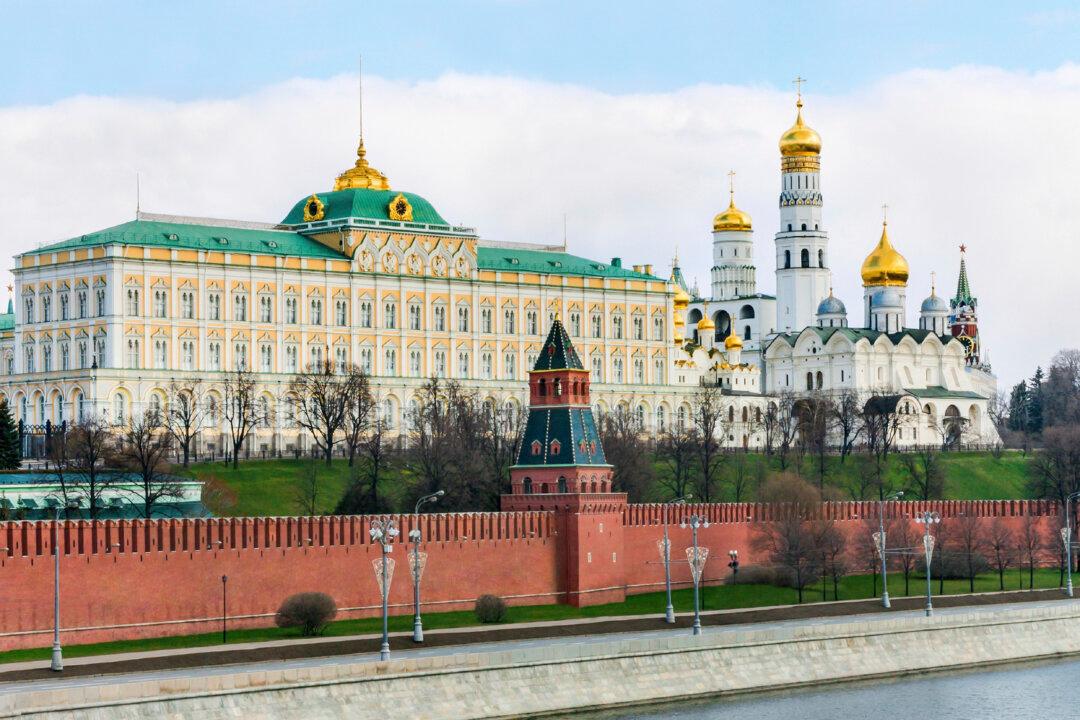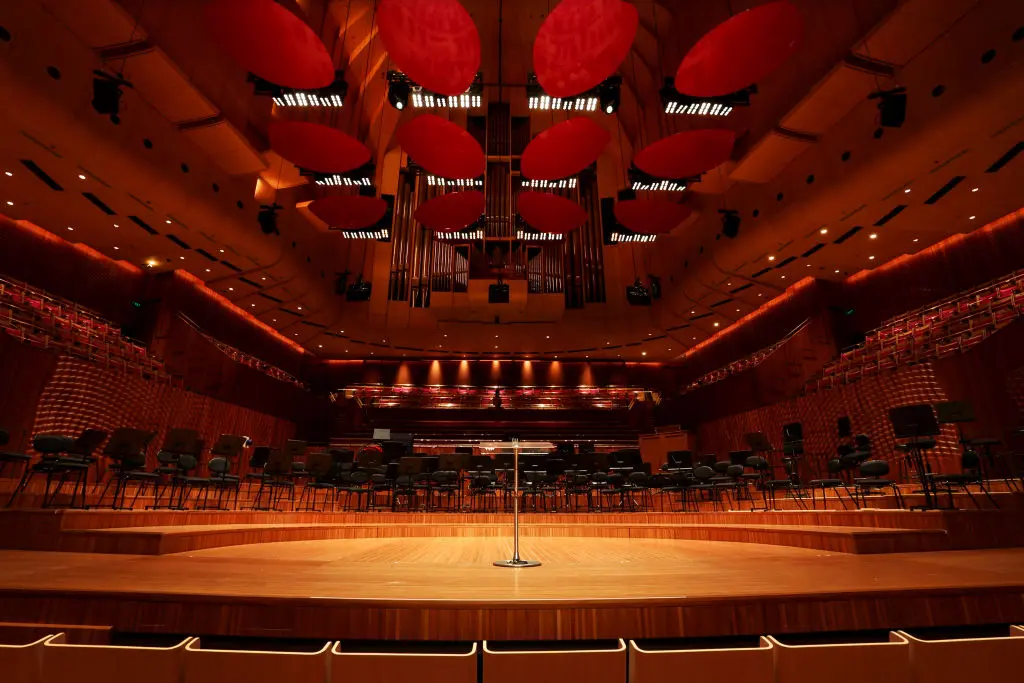Defence experts believe Russia is the most likely suspect behind the “nest of spies” uncovered by Australia’s domestic spy agency.
On Wednesday, Mike Burgess, director-general of the Australian Security and Intelligence Organisation (ASIO), delivered the Annual Threat Assessment and outlined how, over the past year, ASIO had dealt with a “significant” number of spies or proxies, and that threats were wide-ranging and not just from China.





